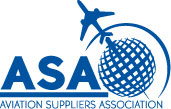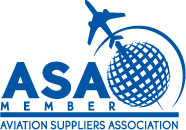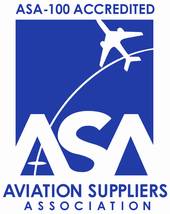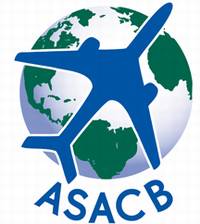An ASA member asked whether leading zeros have any meaning in a serial number.
The situation where this question most often arises for members is the situation where the aircraft part is marked with a serial number that has leading zeros, but the FAA Form 8130-3 lists the serial number without the leading zeros. The serial number is typically listed in block 10 of the form - this can be either a required serial number (e.g. for a critical part required to be serialized under part 45 of the FAA's regulations - serialization permits tracking of the unique part in order to ascertain life totals relevant to life-limited parts or other time-controlled parts) or a non-required serial number (e.g. a serial number added for the convenience of the manufacturer that was not required by the regulations).
I am not aware of any FAA guidance that specifically addresses this question about leading zeros; however, FAA Order 8130.2D (which has since been superseded) advised that in registry numbers, a leading zero should never be used (so "N1" instead of "N00001"). This shows an understanding by the FAA that leading zeros occur, and a preference for dropping the unnecessary zeros.
From a practical point of view, there is a general understanding in the industry that leading zeros are not necessary, and add no additional value to the serial number. This is because they do not change the value of the number. But that doesn't mean they aren't used. Some of the most famous leading zeros belong to James Bond ("007"). But we all recognize that his 'license to kill' was just the next one issued after license number 6.
Leading zeros are enough of an issue that there are computer programmers who've shared methods for removing them (the trick is to account for zero itself, so that you do not leave an empty string).
Nonetheless, there may be practical reasons why a manufacturer might include them in a serial number. One such reason could be to maintain an efficient tooling mechanism (without the need to insert spaces instead of zeros in order to fill the space in the stamping machine) or to maintain an automatic stamping mechanism with auto-increment (the zeros would be sequenced as part of the auto-increment system). None of these practical reasons give the leading zeros any special meaning. They are merely placeholders in each of these scenarios.
There is no reason why the leading zeros would be required on the 8130-3 tag; however a customer may have a particular preference for the leading zeros to be retained. In such a case, the seller may need to explain to the customer that the leading zeros are mere placeholders. When designing computer software for aircraft parts inventories, it may be necessary to design the system to recognize that a serial number with leading zeros is the same as the the otherwise-identical number without the zeros; otherwise the system might read the identical serial number as being non-identical (e.g. in a repair station environment, if a part has come into the system more than once for service).
I would be interested in knowing whether any of our members have any different experiences with leading zeros!





